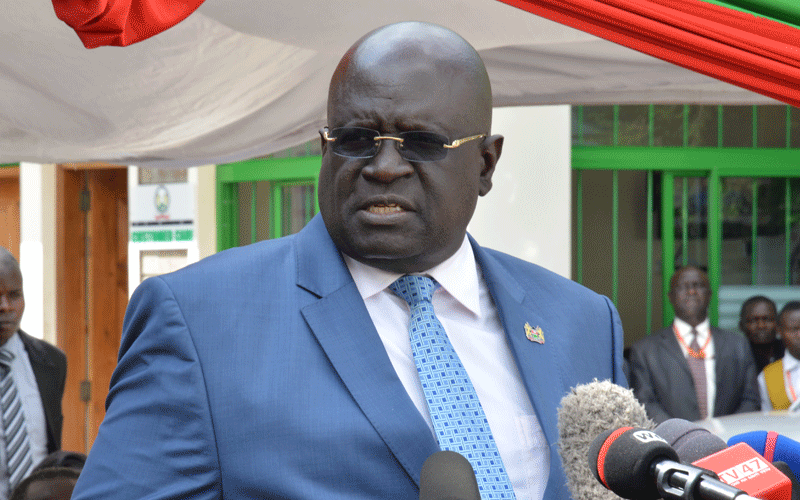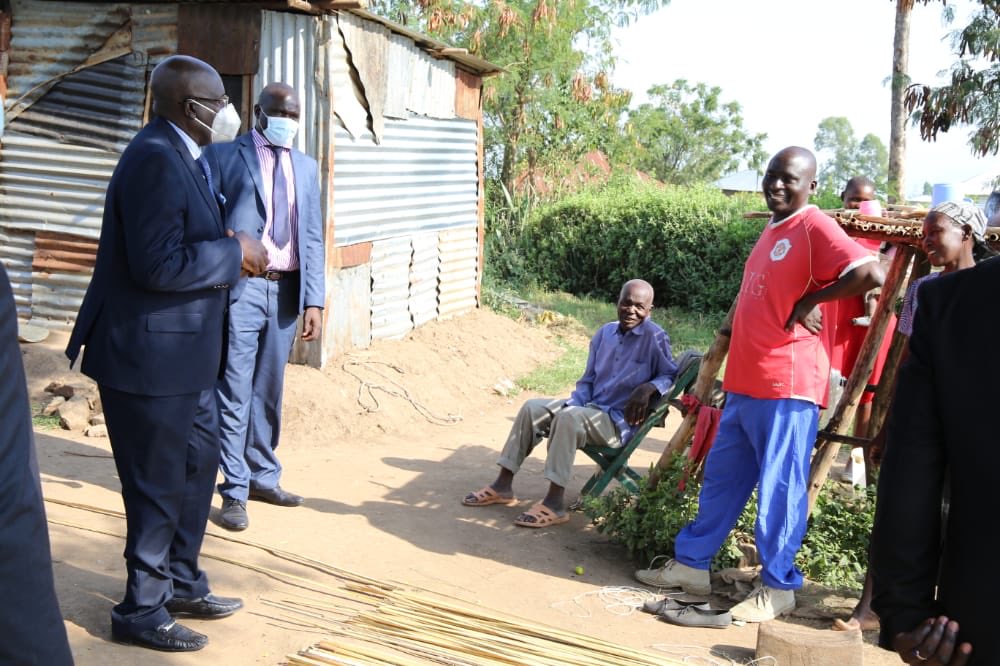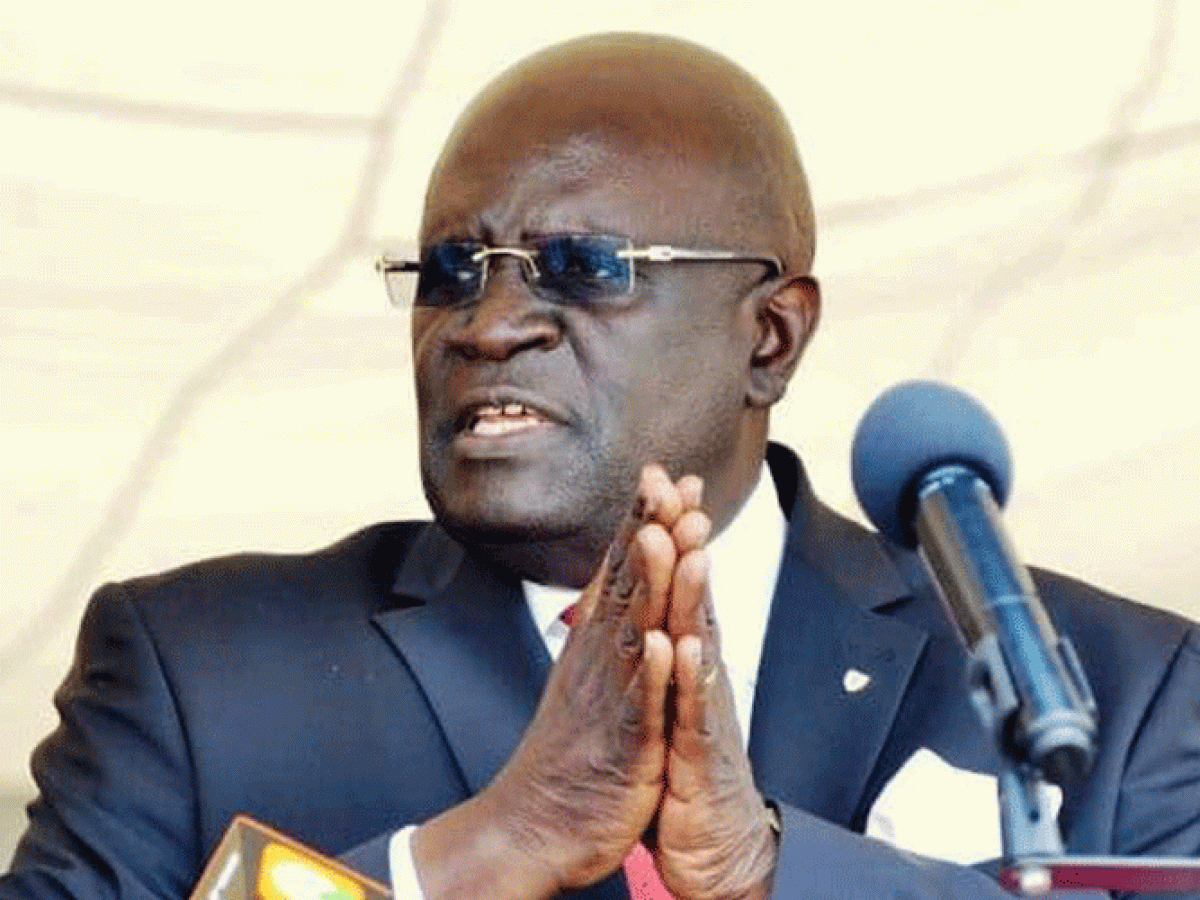Government Set To Release Guidelines For Transition To Junior Secondary
Speaking at the launch of CBC courses at Chania Girls High School in Thika town, Education Cabinet Secretary Prof. George Magoha, said the government will release guidelines on the requirements for students transitioning from Grade Six to Junior Secondary School on Friday.

The guidelines, he claimed, would let students choose any accredited secondary school of their choosing, whether it be public or private.
He noted that due to concerns over school tuition, students should consult with their parents and teachers in case where they decided to enroll in a private school.
“If one chooses to join a private school, then he or she should do so in consultation with their teachers and parents in case of school fees issues,” he said.
Students at private primary schools who have been registered for junior secondary school may be kept in the same setting for Grades 7 through Grade 9 in order to save the government, parents, and students the stress of transfer.
The CS did point out that once the students finish Grade 9, they will need to reapply for admission to senior secondary schools.
He stated that achievement on the Grade 9 final test would determine the selection criteria for senior secondary.
“No learner will be guaranteed to remain in the same school when transitioning to senior secondary. Once results for Grade 9 exam come, you apply like the other students. Placements will be determined by performance. This means you might get enrolled at Kenya High for Junior Secondary but be placed at Moi High School in Eldoret for the Senior Secondary,” he said.
According to the CS, the government has built enough CBC classrooms in recent months to hold all of the students enrolled in Grade 7.
He stated that over 7,000 classes had been delivered in CBC classrooms and that he was striving to deliver the last few before his term ended.
Magoha recently initiated Phase 11 of the project, which aims to add 3,503 classrooms to the 6,497 that were built in Phase 1 in order to boost capacity before the transfer to junior secondary school in January of next year.



























